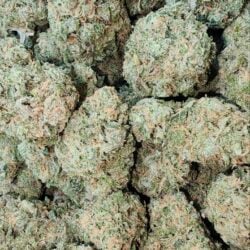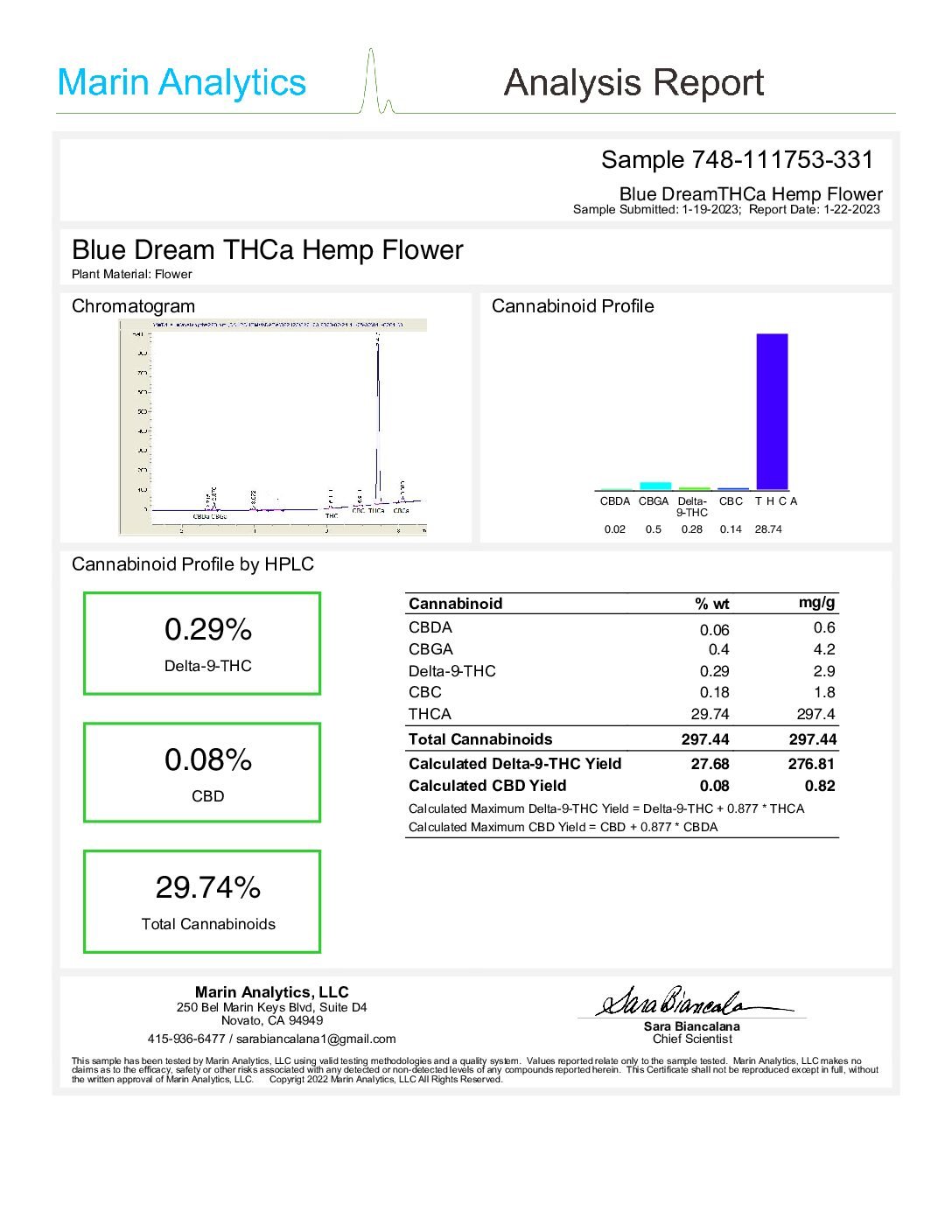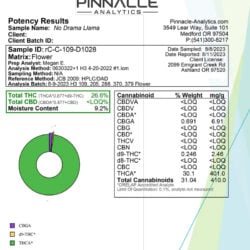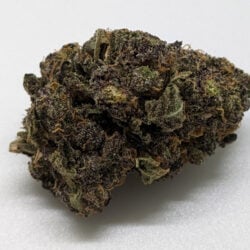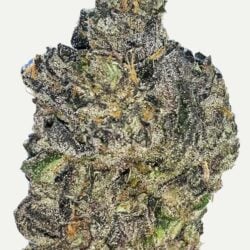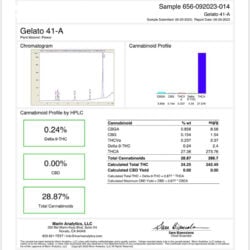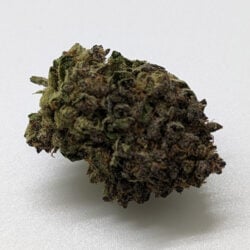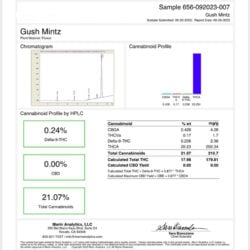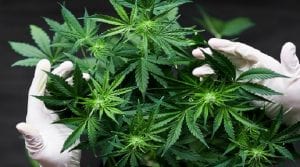Wondering how to turn THCA into THC? This is an essential process if you want to enjoy the psychoactive properties and experience the feeling of being high. THCA (tetrahydrocannabinolic acid) is the non-psychoactive precursor to THC, meaning that it needs to be converted to THC to get the feeling of being high. This is achieved through the process of decarboxylation, which is the process of directly applying heat, and there are a few ways that this can be done. Interested? Keep reading to discover a few of the main ways that you can turn THCA into THC.
The Scientific Process
Table of Contents

First, a science lesson! It is important to understand exactly what happens when you convert THCA to THC so that you know what you are doing. THCA does not have psychoactive properties but can have some therapeutic benefits, which is why it is becoming an increasingly popular product in its raw form. For many people, though, the whole idea is to experience the euphoric effects!
The carboxyl group (COOH) creates the acidic nature of THCA, but decarboxylation breaks down the molecule and triggers a chemical reaction that removes the carbon dioxide (CO2). The THC is then capable of binding to the cannabinoid receptors found in the brain and nervous system, most notably the CB1 receptors. THC binds to the CB1 receptors, which can alter the functioning of these brain regions, which are commonly associated with mood, perception, and coordination.
So, what are the most common methods of decarboxylation?
Smoking
Of course, one of the most common ways to get high is to smoke cannabis. Smoking THCA converts THCA to THC through the direct application of high temperatures to the cannabis plant material. The newly formed THC is then inhaled, which is a fast and effective way to feel the effects of THC.
There are also a few different ways to smoke THCA. This includes rolling ground THCA flower into a joint (or purchasing pre-rolled joints) or a blunt (a cigar wrapper instead of rolling paper). It is also possible to smoke through a glass pipe or bong (water pipe).
-
- Sale!
- THCA Flower
Blue Dream THCA Flower
- $27.50 – $150.00
- Select options
-
- Sale!
- cbd flower, THCA Flower
No Drama Llama THC Flower
- $27.50 – $150.00
- Rated 4.33 out of 5
- Select options
-
- Sale!
- cbd flower, THCA Flower
50/45 Indica Hybrid Jealousy THCA Flower
- $27.50 – $150.00
- Select options
-
- Sale!
- cbd flower, THCA Flower
Flower Gelato 41 / G41
- $27.50 – $150.00
- Select options
-
- Sale!
- cbd flower, THCA Flower
Indica Dominant THCA Flower Gush Mints
- $27.50 – $150.00
- Select options
Vaporizing
In recent times, vaporizing has risen to become one of the most popular ways to convert THCA to THC and get high (this is partly due to the rise in popularity of vapes). Vaporizing involves using a device that heats THCA to a temperature that converts as vapor as opposed to combustion – this means that it is less harsh on the lungs and can be more discreet than smoking.
Dabbing
Similarly, THCA dabbing is growing in popularity. This involves vaporizing a concentrated form of THCA, allowing for more potency than other products. This requires some specialist equipment but can be an efficient way to experience the feeling of being high.
Baking & Cooking
An alternative way to convert THCA into THC is to bake or cook, incorporating THCA into the recipe. This can be a fun and creative activity that allows you to enjoy a delicious meal or snack while getting high. There are many excellent recipes to follow online that will help you achieve this. Keep in mind that it can take a lot longer to feel the effects when you ingest cannabis, so you need to be aware of this and cautious with your dosing.
Both temperature and time are key considerations when it comes to cooking/baking with THCA. To ensure decarboxylation occurs, you will want to finely grind the cannabis and expose it to temperatures of between 220-245 degrees Fahrenheit for around 45 minutes.
Sous Vide Decarboxylation
Sous vide decarboxylation involves putting the ground THCA into a water-tight bag that is then put in a sous vide water bath at 203 degrees Fahrenheit for one to four hours. This will trigger the decarboxylation process, and you can use the cannabis in many ways after this, such as infused in sauces or butter or added to beverages, such as coffee or a smoothie.
Microwave Decarboxylation

It is also possible to convert THCA to THC with the use of a microwave. This can be achieved by grinding the THCA and spreading it thinly on a microwaveable dish. You should then microwave on low heat for bursts of between ten and 15 seconds. Although a fast way to achieve decarboxylation and most people have a microwave, it can be challenging to tell when decarboxylation has occurred with this method. You will want to look for a color change from green to a slight brownish color as well as smell a nutty aroma. The cannabis should be dry, browned, and crumbly.
Important Considerations
There are a few important considerations when it comes to the decarboxylation process. First, you need to understand the role that both temperature and time play in your chosen method. Some methods, like smoking, are instantaneous, but higher temperatures can risk degrading the product. Longer durations at lower temperatures can preserve terpenes, but many people will not want to wait a long time.
You also need to make sure that you understand the THC and THCA percentages for accurate dosing. It is important to buy your products from a trusted supplier. Be sure to carefully read through the product information before purchasing so that you know what you are buying and how it should be used. Of course, you must also be aware of the laws in your area and be responsible when using any kind of cannabis product, especially if you are a new user.
As you can see, there are a few ways to achieve the magical decarboxylation process. Hopefully, this post will help you to understand what the science is behind this process and identify your preferred way to convert THCA into THC. Each method has its own benefits and drawbacks to consider and important factors to consider.
If you have any further questions about anything cannabis-related, do not hesitate to get in touch! You can also learn more by keeping an eye on this blog.

